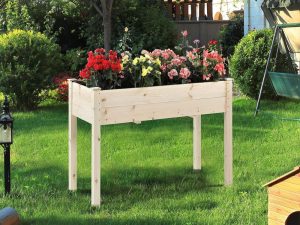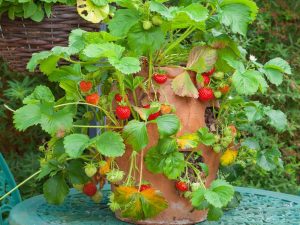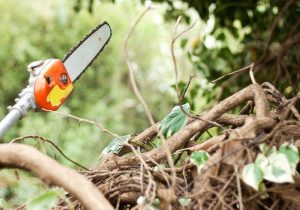Last Updated on August 3, 2023 by teamobn
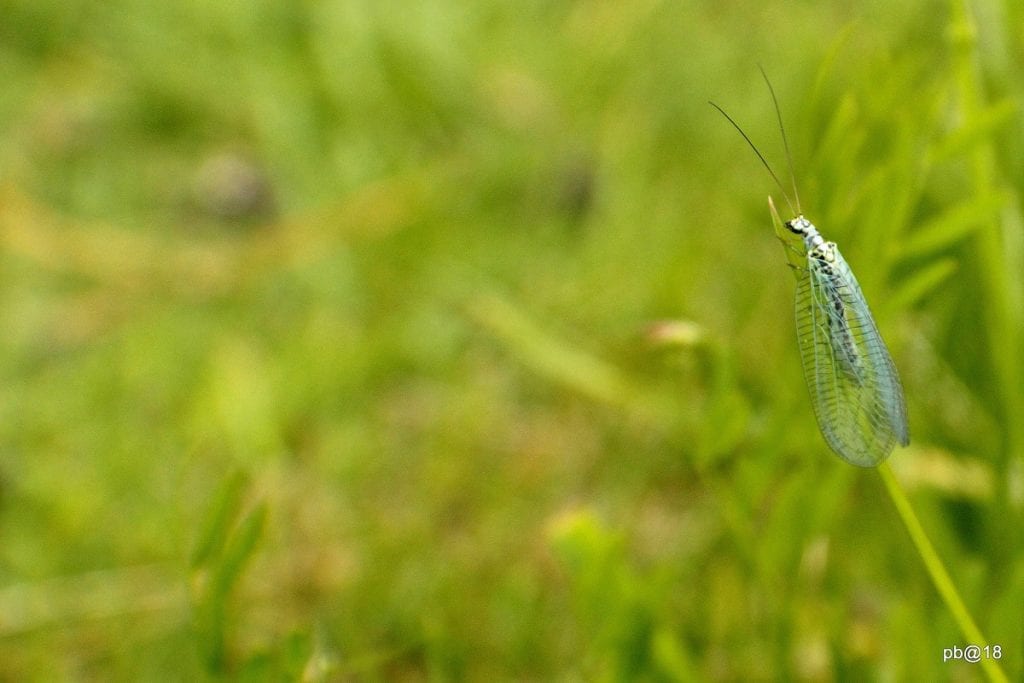
The good gardener knows that not all insects are pests. In
fact, you can use a great many bugs as an effective means to control pests.
Experienced growers recognize the help these insects provide and welcome them
into their yards and gardens.

To create a welcoming habitat for your insect helpers, you need to know something about them. A good way to start is to grab a magnifying glass and a picture book of insects.
Take a rough census of your resident population. If you’ve avoided using pesticides and have a variety of plants growing, you may find many allies already present.
Recognizing Beneficial Predatory Insects
Contents
Your garden is home to thousands of insects. Only about a tenth of these are destructive. Most are either beneficial or harmless.
This guide will help you spot insects that help to reduce pest populations in your garden.
1. Ladybugs
Ladybugs prey on aphids and other soft-bodied insects. The
adult ladybug will eat as many as 50 aphids a day. If the beetles stay in your
garden long enough to lay eggs, each hatched larva will eat 400 aphids before
its pupal stage.

2. Ground Beetles
You will recognize ground beetles by their flattened body shape and ridged elytra. They have long legs for fast movement and prominent mandibles.
The green Megacephala australis, which is endemic to Australia, is a predatory beetle that moves quickly along the ground, hunting down pests. This species can grow to around 22 millimeters in length and may occasionally be attracted to lights at night. You will usually find them under logs in the daytime.
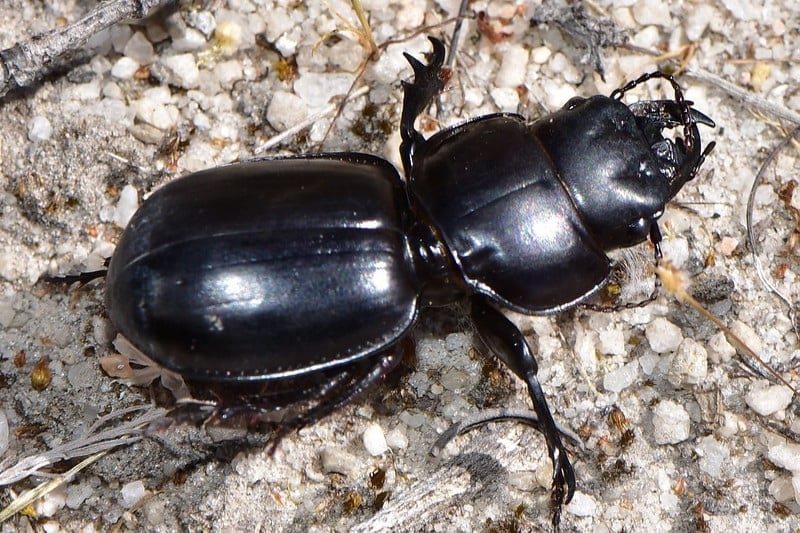
(Photo: Jean and Fred/Flickr)
3. Lacewings
During its larval stage, lacewings devour aphids,
caterpillars, mealybugs, leafhoppers, insect eggs, and whiteflies. Up close,
the larvae look like tiny alligators. If you keep a supply of flowering plants,
adult lacewings may take up residence in your garden.
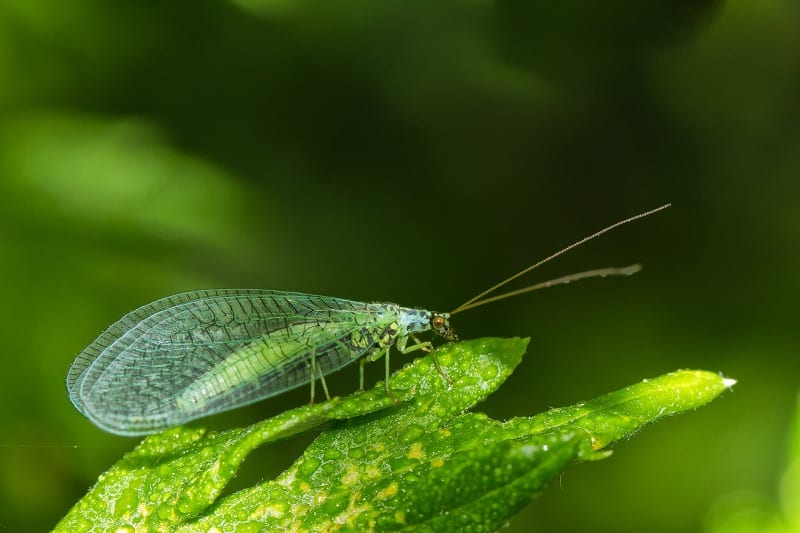
4. Hoverflies
Hoverflies look like small bees, but they move through the air more like flies, zipping from plant to plant. They hover over flowers in search of pollen and nectar, and they lay their eggs near aphids or other soft-bodied insects. The eggs hatch into hungry larvae that eat up to 60 aphids a day.
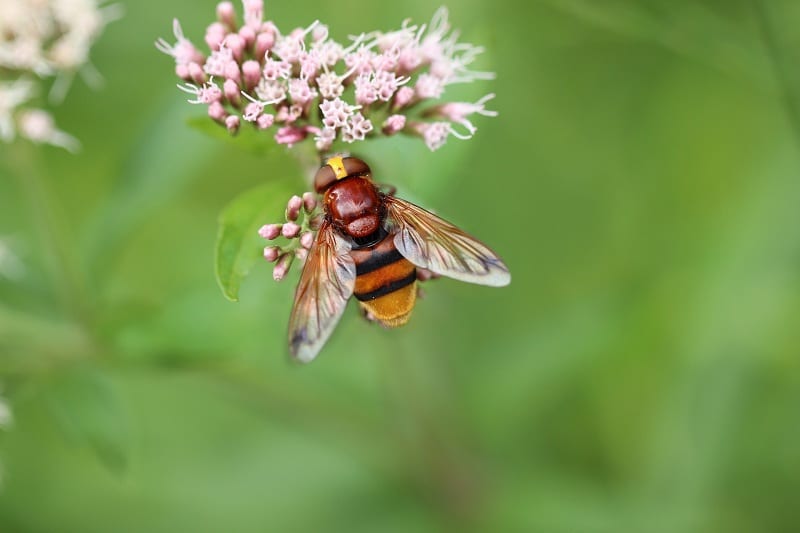
5. Trichogramma Wasps
The smallest and most popular parasitic wasp is the Trichogramma, a tiny creature that lays up to 300 eggs in light brown apple moth eggs and caterpillar larvae. The Trichogramma is so small you can hardly see it with the naked eye, but this bug is so effective against pests you can buy it online.
The Trichogramma eggs hatch into small larvae, which feed on the inside of pest eggs and larvae, killing them.
After 8 to 10 days of feeding, an adult Trichogramma wasp eats its way out through the shell of the moth egg. It then mates and begins searching for moth eggs in which to lay its own eggs.
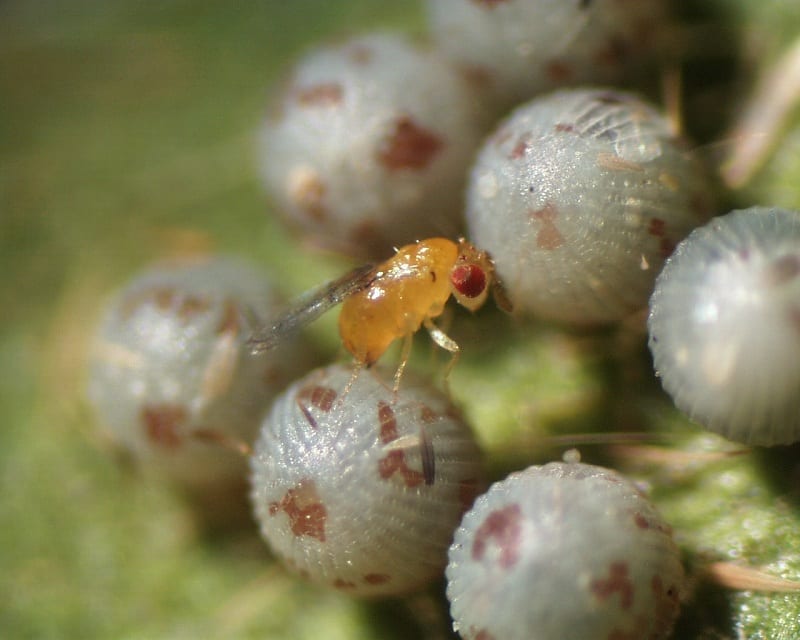
Encouraging Beneficial Predatory Insects in Your Garden
Many beneficial predatory insects appear in the garden before the pests do. They need other food sources like pollen and nectar.
If you want to encourage beneficial predatory insects in your garden, try recreating the thick diversity of a hedgerow in a corner of your garden.
You can do this by planting a variety of early-flowering shrubs, grasses, and perennials. If beneficial insects feel at home in your hedgerow patch, they never travel far for a meal.
Remember, if you resort to using chemical pesticides to control pests, you will kill good and bad bugs alike. Even “natural” pesticides like pyrethrum and rotenone will kill beneficial insects.
Here’s a quick video…



